Cleverly read your opponent's positioning—and respond with effortless grace!
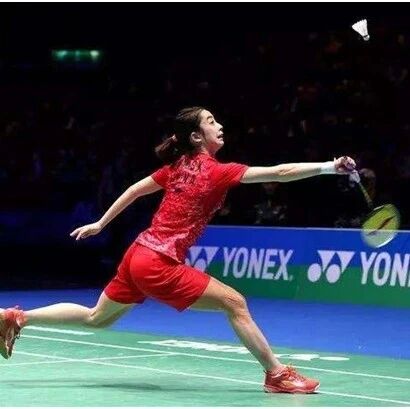
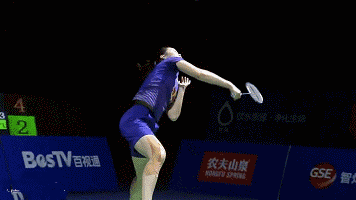
Check the manual waist:
Observe the opponent's movements and prepare to shift your own center of gravity in advance.
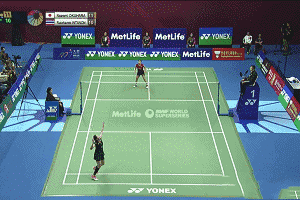
First lift, then raise:
Watching the opponent's swing motion, they shift their weight and lift their shoulders, preparing to take off.
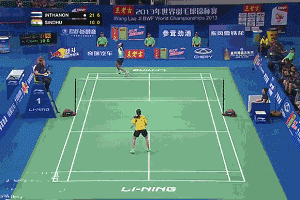
Chasing the ball, keeping pace:
When moving, always watch the trajectory of the shuttlecock—and make sure to step into position before it hits the ground.
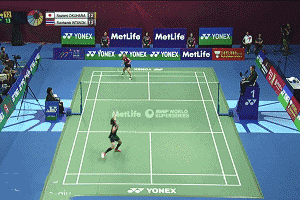
Bow at the appointed time:
Run to the hitting point, then shift your weight as you prepare for the swing;
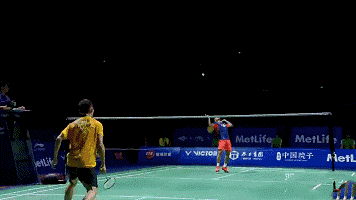
Hip Twist No. 1:
No matter the footwork, the hips always move first.
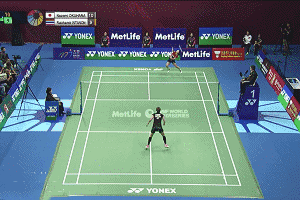
There are several footwork techniques:
How to land precisely depends on your ability to predict the distance and then carefully coordinate small, rhythmic steps with each stride.
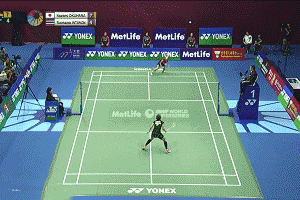
Arms swinging in a full circle:
In your footwork, your arms should also move in coordination—definitely don’t let them hang limp as you walk; keep them in motion!
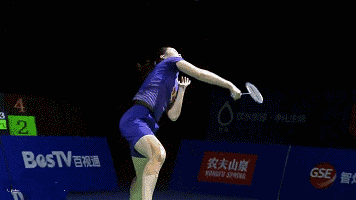
Dancing on the Edge:
When performing a chop strike, beginners are better off not jumping—doing so increases the difficulty and leads to more mistakes.
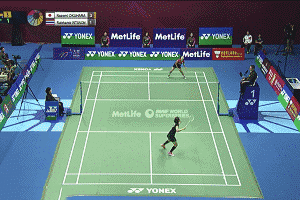
Worry-free retreat:
No matter what, the backstep is the hardest to master at first—but once you get it down, the whole game comes alive!
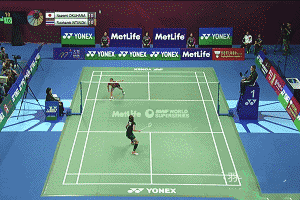
Cross-step:
Cross behind, with the left foot crossing behind the right foot;
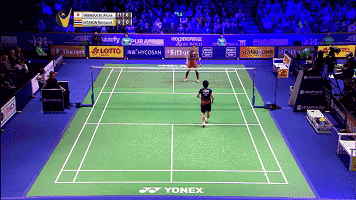
▲Posterior cruciate
Tight-stance step:
Forehand net approach step, small crossover step;
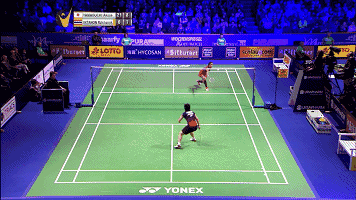
▲ Small Side Step
Internet access pace:
Forehand net approach steps;
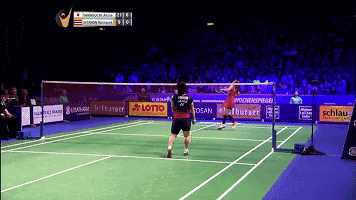
▲ A small backward crossover + a wide lunge
Forehand net play + recovery step;
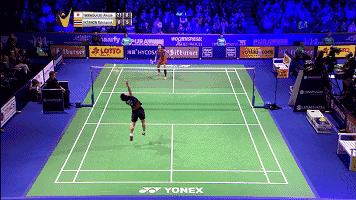
▲ Key focus: All recovery steps involve small, deliberate strides.
Forehand net approach + return to position + mid-court net-step movement;
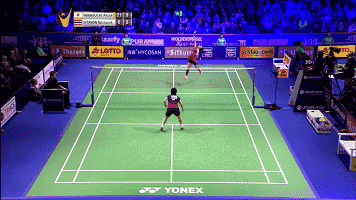
▲ Watch your step
Midfield net approach step + forward crossover step to the net;
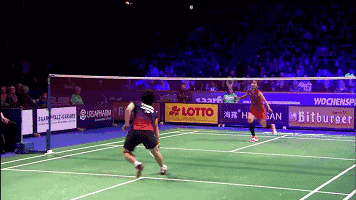
▲Anterior crossover: Left foot crosses in front of the right foot
Diagonal net play + backhand intercept-and-step movement;
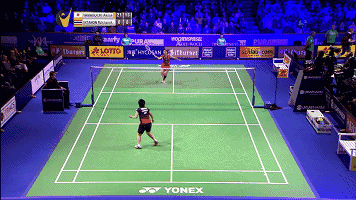
▲Approaching for the kill
Taking a step back:
Forehand step-back + return to position + forehand step-back movement;
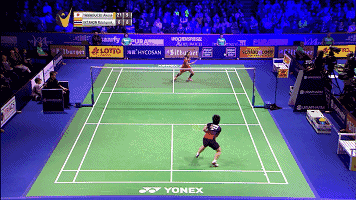
▲ Step backward
Forehand backpedal + cross-court net play;
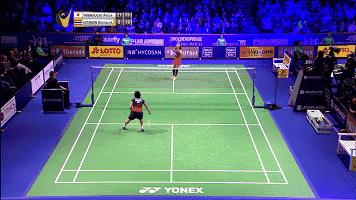
▲ Watch out for small, quick steps when crossing diagonally online.
Backhand approach step for a smash;
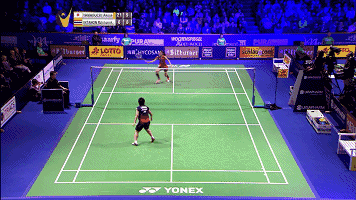
▲ When receiving a drop shot and the ball is far from your body, step forward with your right foot and then shift your weight to the left.
Backhand volley + recovery footwork;
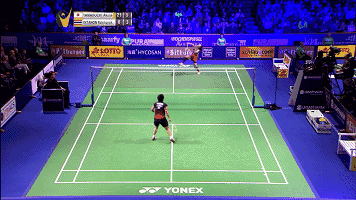
▲ A small forehand cross-step followed by a big step-volley, then a quick shuffle back to the baseline
Backhand net approach step;
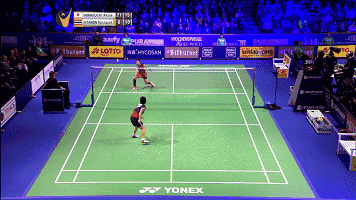
▲ A small stepping start followed by a big cross-step to the net
Head-level serve reception footwork;
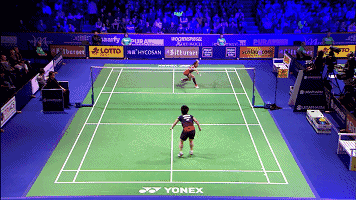
▲ Small crossover step backward followed by an overhead header
Retreating steps with a receding hairline;

▲ A turn combined with a step change
Retreat diagonally from the top of the head;
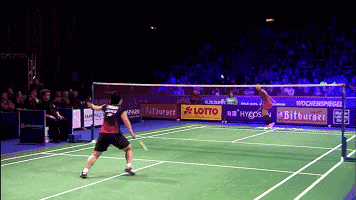
▲ First, a small shuffle step combined with a pivoting change of pace
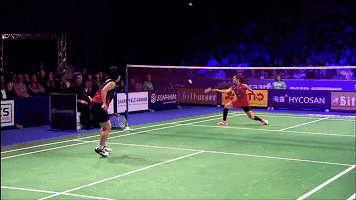
▲ Dynamic Stride
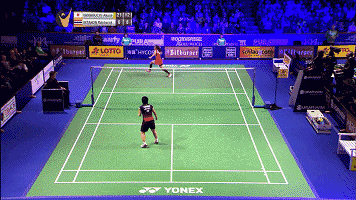
▲Forehand and Backhand Lob Steps
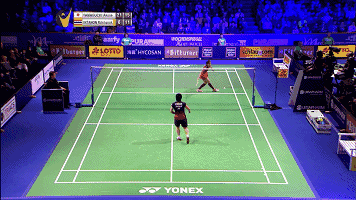
▲ Stunning Skateboard Drop Kick
More article recommendations:
What’s better to watch when receiving a badminton serve—people or the shuttlecock?
How to increase ball speed without hitting out—check out these expert tips!
Related Articles
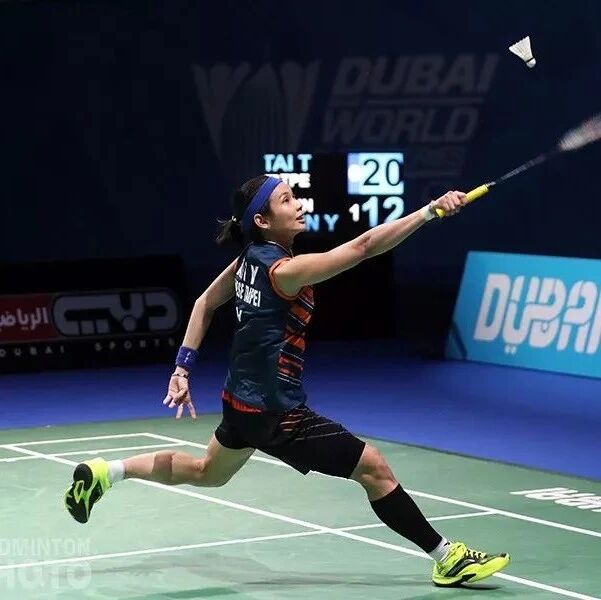
Master these techniques in badminton, and you'll easily be able to play a powerful backhand shot from the backcourt!
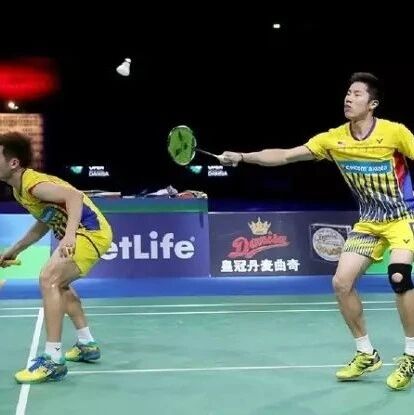
How to become the net-raking, intimidating force in badminton doubles that sends shivers down everyone's spine?
